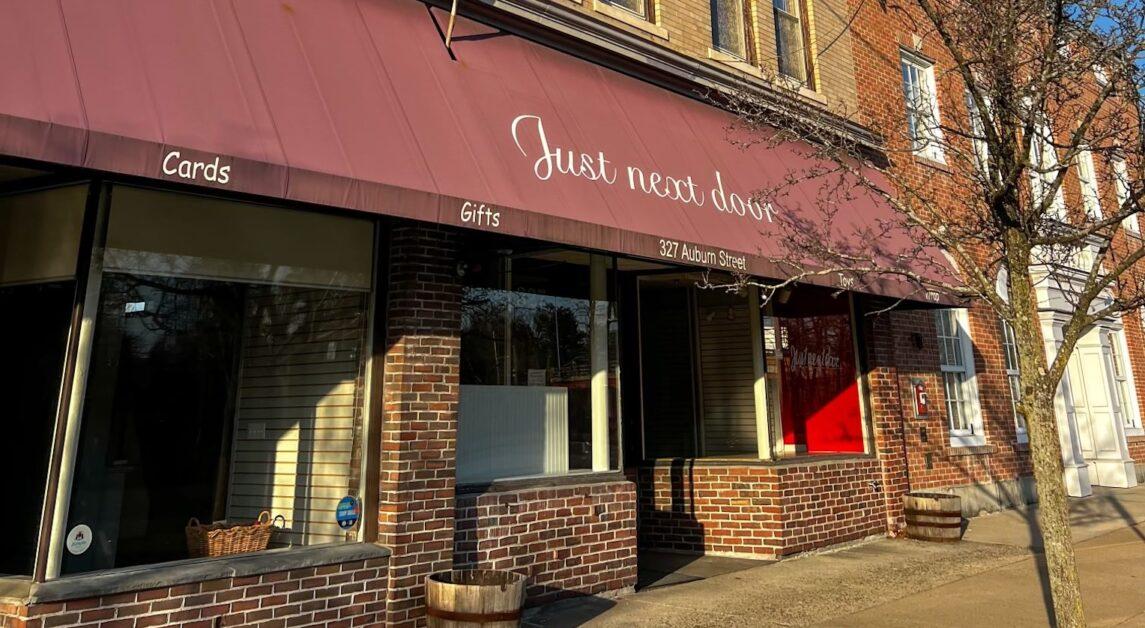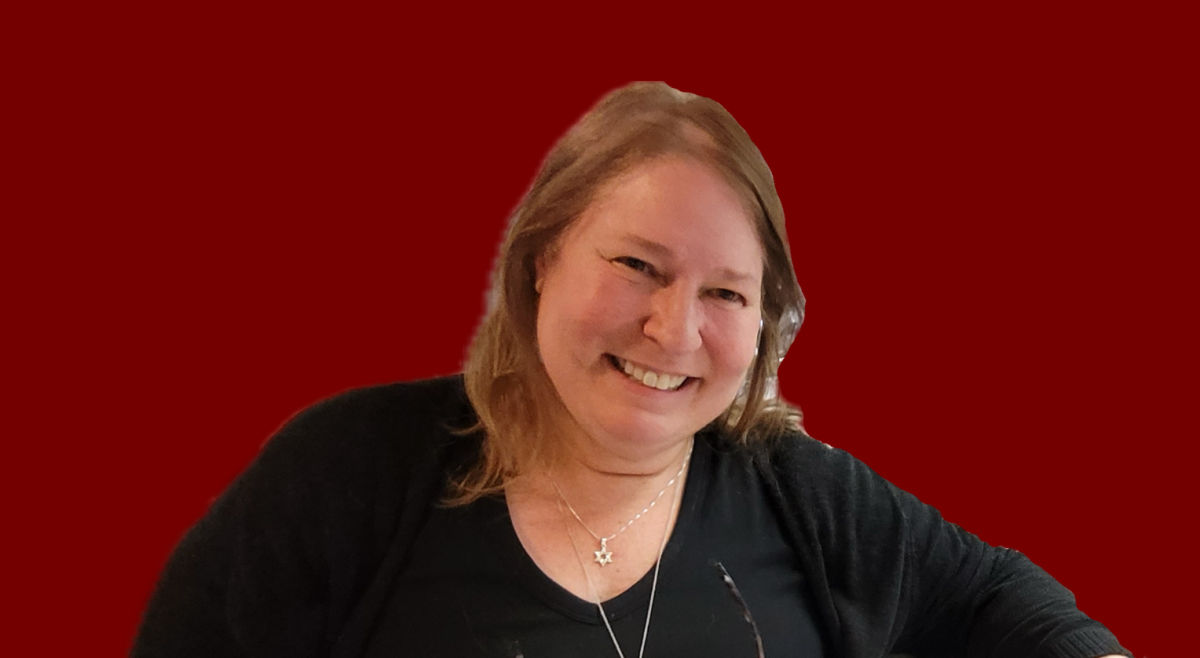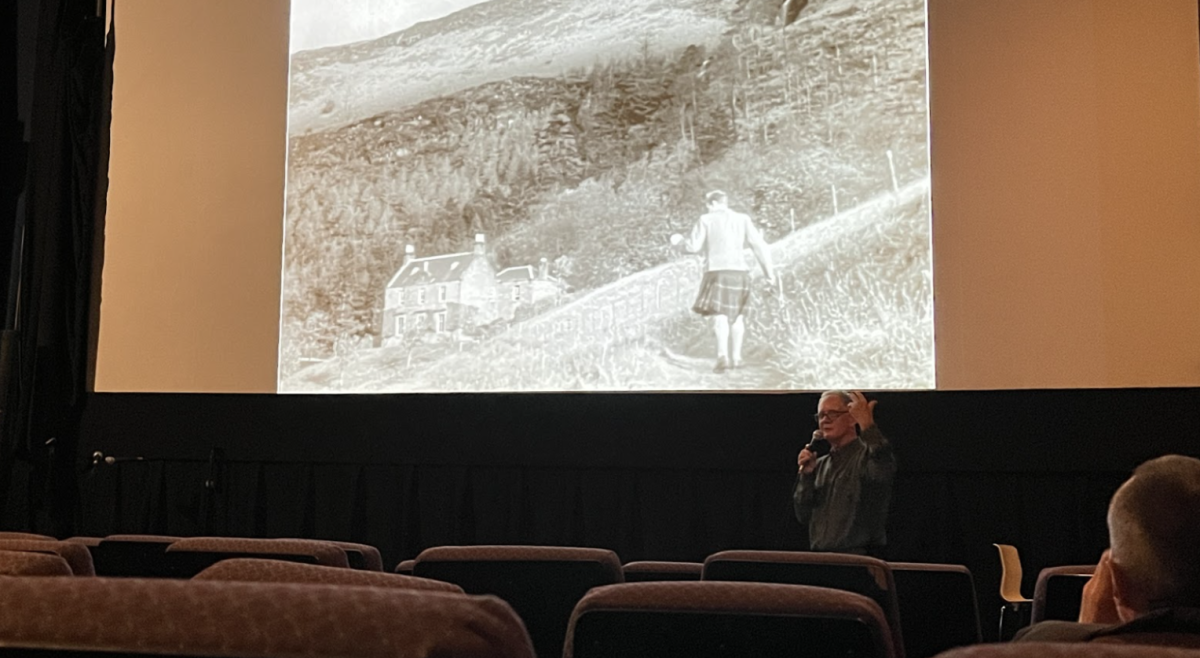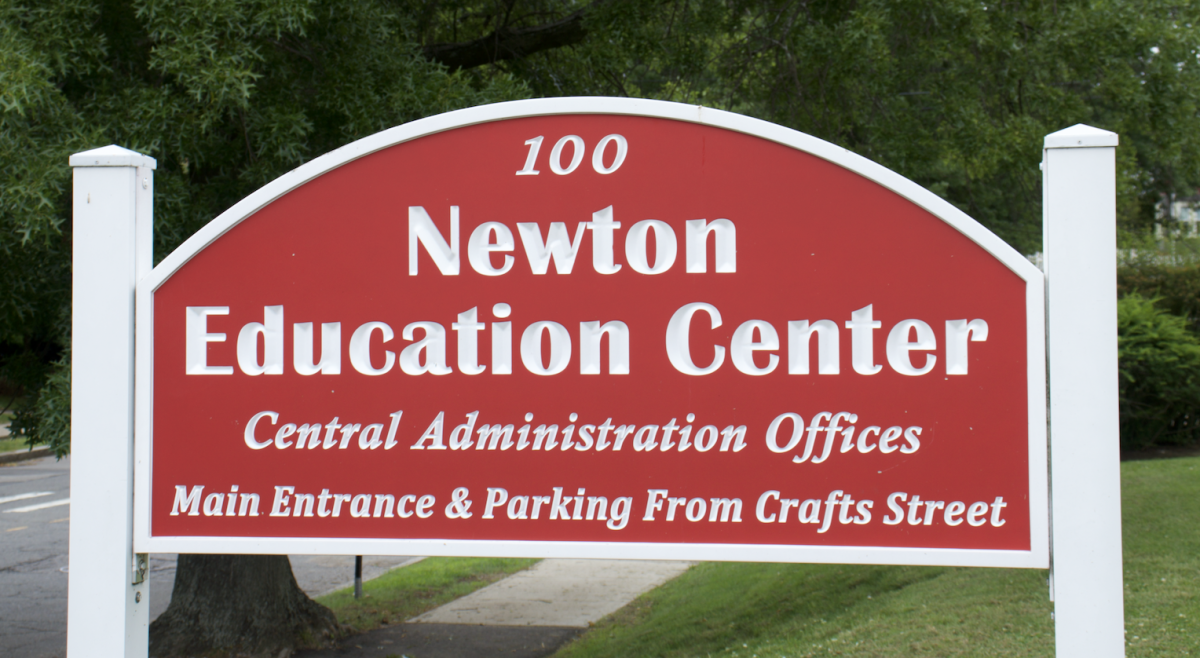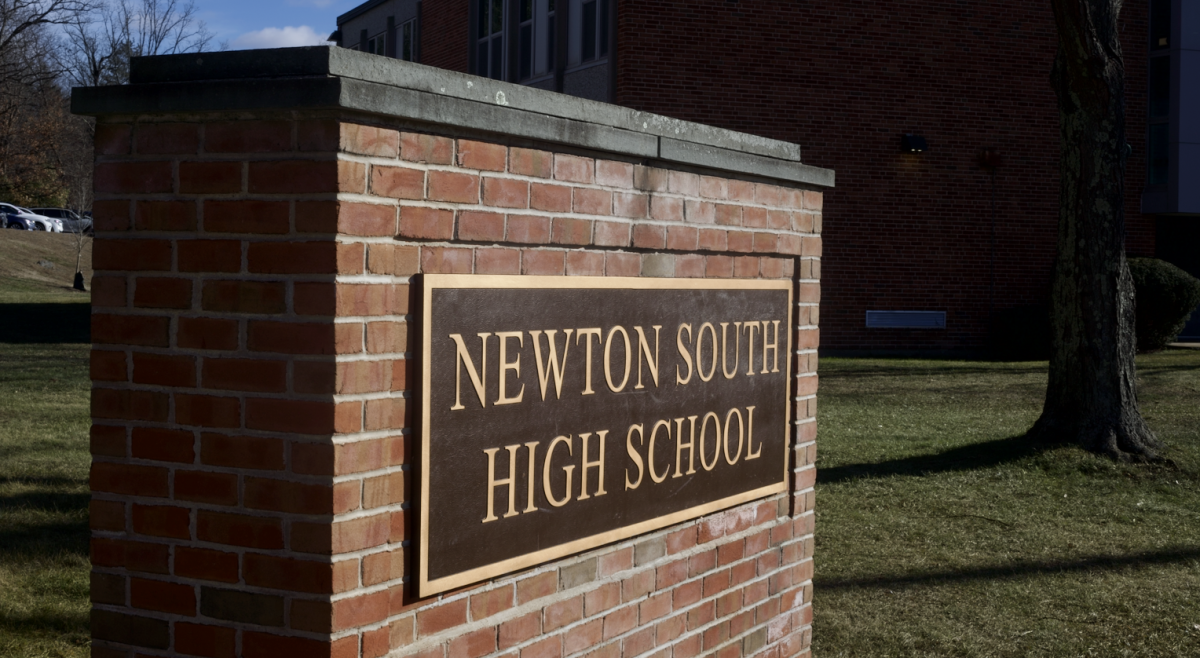When Uber was first introduced to Boston, it looked like the future of the transportation industry. With only a few taps on a smartphone, a user could request a personal driver to pick him or her up. But Uber’s surge prices are causing some users to question Uber’s method of pricing, even causing some to switch to a different service.
Surge fares are temporary fare hikes that range anywhere from one to 10 times the normal price. When there is an increase in demand for drivers, Uber will charge higher prices until more drivers get out on the road, at which point the prices will return to normal.
Users have responded en masse to these surge prices over the past few years, filing complaints with the Better Business Bureau, who gave Uber an “F” rating earlier in the year. This rating, the lowest possible, was due in part to 90 complaints received over the past three years, most focused around the issue of Uber’s surge pricing. Lyft, Uber’s most prominent competitor, also received an “F” rating, but received only five complaints over the same period of time.
RELATED: As Students Opt For Uber, Taxi Drivers React
Uber boasts several distinct advantages over traditional taxi services. Uber offers drastically lower fares than a taxi, to the point where taxi drivers are worried Uber will put them out of business. Additionally, Uber drivers are constantly moving around in an area, meaning it is often much quicker for users to get picked up than if they called a cab. For users who live in a suburb, such as Boston College students in Chestnut Hill, Uber would be the obvious choice.
“BC students usually cannot just walk outside of our dorms and hail a cab,” said Christian Sendler, a brand ambassador for Uber and A&S ’16, in an interview with The Heights last month. “When I first got here, getting a cab right on Comm. Ave. was a difficult experience. Personally, when Uber was introduced I thought it was super convenient to contact a driver right from my phone.”
Boston College students have mixed feelings on the surge pricing. Some understand why Uber charges more during peak hours, and just accept the higher cost, reasoning that the convenience Uber provides keeps it more attractive than other transport services.
“If I see that there’s a surge, I don’t go ‘Oh, I guess I won’t use it,’ because it’s so convenient,” said Maria Vetter, CSOM ’17. “When you split costs, it’s still not too expensive. It’s convenient because you can’t usually get a cab around BC, and even if you do call one, it can take a long time, but with Uber you know exactly how long it’s going to take to get there.”
Other students will weigh their options if confronted with surge prices, sometimes opting for other modes of transportation such as Lyft or the T.
“It depends on how necessary Uber is, whether or not I can get there with public transportation or if I’m just using Uber because it’s faster,” said William Hennessy, CSOM ’17. “If it’s an extreme surge, we’ll sometimes take Lyft, because they have a flat fee surge.”
Many Boston users are much less forgiving of Uber’s pricing strategies, claiming Uber takes advantage of its users and participates in price gouging. This sentiment was highlighted a week ago when a woman was struck and killed by a Red Line train. Many of the stranded commuters turned to Uber, only to find that prices were 2.7 times the normal rate.
Some of Uber’s more cynical users took to Twitter, calling Uber out for using tragic situations to run a large profit, implying that the price hikes due to the increased demand caused by the disaster were more offensive than normal.
According to a blog run by Travis Kalanick, Uber’s CEO, an algorithm is responsible for the surge prices that users witness, and this algorithm relies on the demand of the market to set fares. The reason for the increased demand, therefore, does not factor into the algorithm’s results.
Uber’s calculator only recognizes that the demand has exceeded the supply of drivers, and subsequently will raise the price multiplier.
Responses to the influx of complaints about surge pricing have varied. In July 2014, New York State put a cap on the maximum multiplier during “abnormal disruptions.” The North Carolina Attorney General’s Office is investigating Uber after a man received a $455 receipt for a 15-mile trip on Halloween night. A new iOS app, SurgeProtector, has been released that helps users avoid surge pricing by telling them where they can go to pay prices that are closer to the norm.
Uber, of course, has a vested interest in employing surge pricing, as the basic laws of supply and demand dictate that this is the best way for it to turn the largest profit. Many users, however, are not likely to buy into this rationale, and may still threaten to switch to another mode of transportation, at least in the foreseeable future.
Featured Image by Jordan Pentaleri / Heights Graphic



